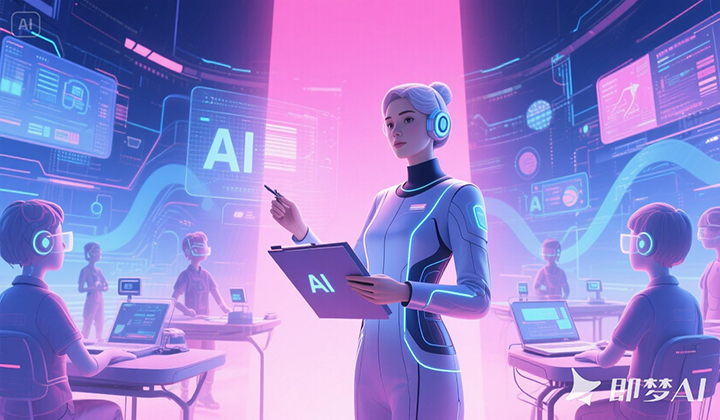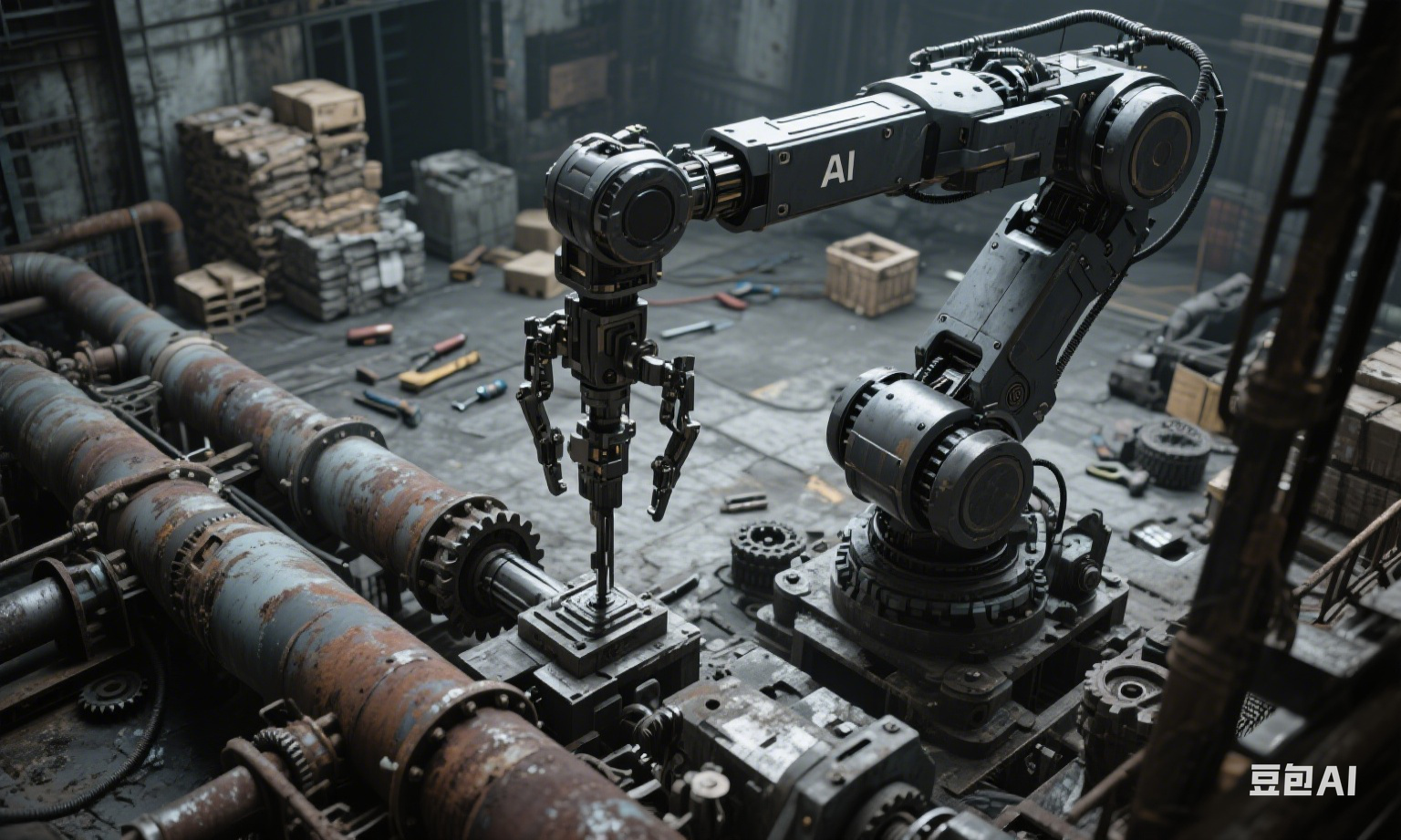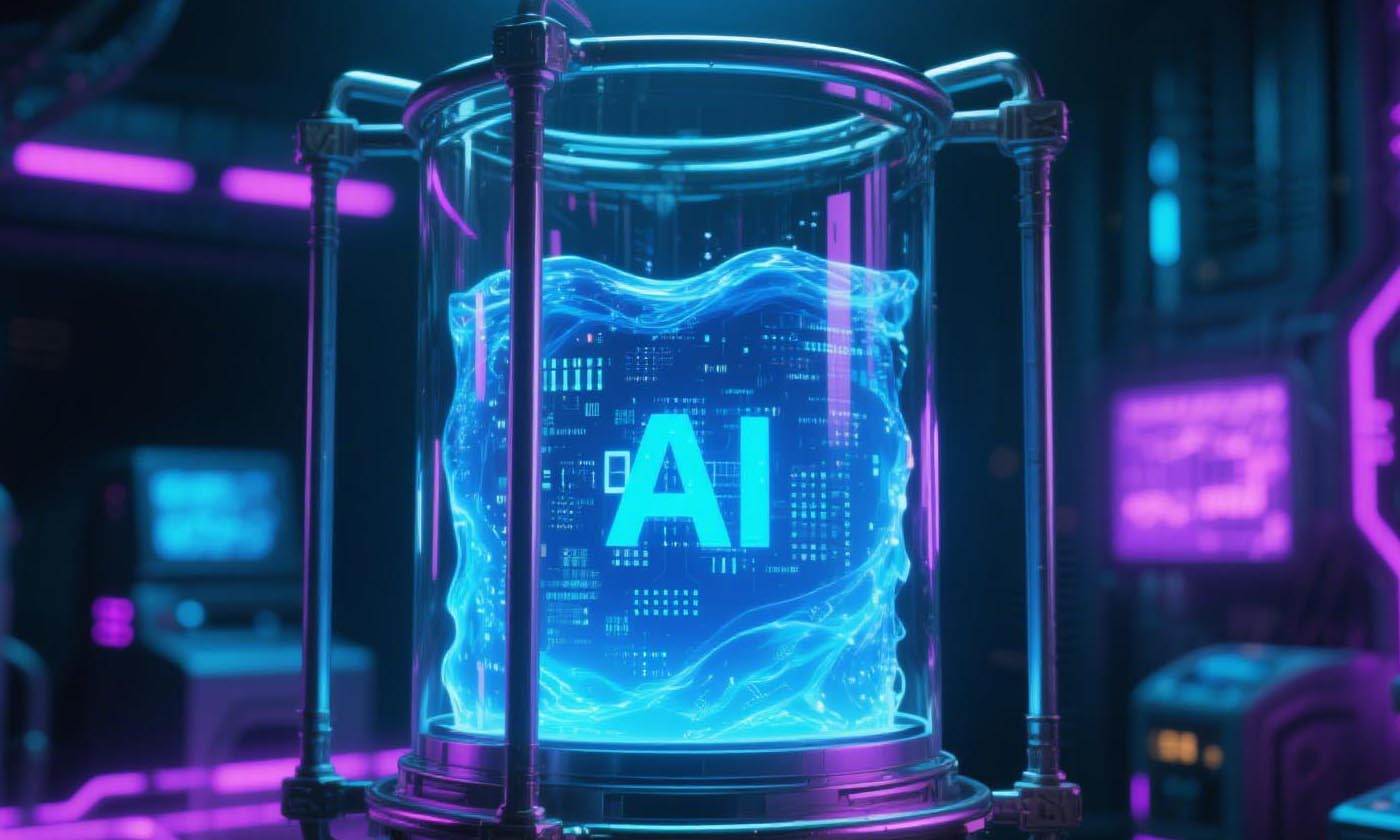AI Agents: Ushering in a New Era of Hardware Personalized Services
When children's learning machines adjust explanation difficulty based on a child's problem-solving speed, and smart wardrobes recommend outfit combinations according to users' body data and dressing habits—these scenarios mark hardware's leap from "standardized functions" to "personalized services." Leveraging the technical framework of "miniature smart chips + dynamic learning algorithms + open empowerment platforms," Aoyun Cloud Innovation’s Ptalk AI is driving traditional hardware such as educational devices, consumer electronics, and industrial terminals to break through generic limitations, constructing a new landscape of "hardware as personalized services" in personalized learning, smart retail, and customized production.
1. Miniature Smart Core: Solving Three Key Challenges in Hardware Personalization
The personalized services of traditional hardware have been limited by computing power, cost, and adaptation efficiency. Ptalk AI's innovative technologies achieve critical breakthroughs:
-
Millimeter-Level Smart Chip: The 25mm×45mm sixth-generation module integrates edge computing capabilities, maintaining 96% speech recognition accuracy in 70dB classroom noise with a 0.5-second ultra-fast response for real-time interaction. With 500+ built-in personalized service templates, it enables learning machines to generate customized exercises and retail terminals to complete product recommendations offline, completely solving cloud dependency latency issues.
-
Dynamic Learning Algorithms: The large model-based user profiling system supports 48-hour personalized modeling, automatically analyzing students' knowledge weaknesses in education scenarios (e.g., "geometric proof question accuracy below 60%"), real-time capturing user preference changes in retail (e.g., "focused on sportswear in the past week"), and dynamically recording equipment maintenance habits in industry, improving service adaptation accuracy by 80%.
-
Plug-and-Play Upgrade Solutions: Universal Adapt technology is compatible with 97% of traditional device interfaces, allowing enterprises to upgrade ordinary scales into "health management advisors" within three weeks without retooling production lines, reducing R&D costs by 60%. A children's smartwatch brand saw a 45% increase in user activity and 12 daily personalized function interactions after adoption.
2. Scenario Personalization: Hardware’s Evolution from "Generic Tools" to "Exclusive Assistants"
AI agents drive the personalized service transformation of hardware across industries:
-
Educational Hardware: Smart error-printers equipped with Ptalk modules become "private learning coaches"—scanning errors to automatically analyze knowledge points and generate three targeted exercises based on students' historical error data (e.g., "confused similar triangle determination theorems three times consecutively, recommend intensive topic training"). Pressure sensors in pen grips detect study fatigue and proactively push 5-minute knowledge animations, increasing focus by 30%.
-
Smart Retail: Store smart shelves embedded with AI agents evolve from "product display racks" to "personalized shopping guides": cameras identify users' dressing styles upon entry and recommend products based on purchase history (e.g., "you often buy minimalist clothing, new knitwear is in the recommendation area"). When users pick up products, shelf screens display matching outfits and user reviews, boosting transaction conversion rates by 55%.
-
Industrial Manufacturing: Traditional CNC machines upgrade to "customized production terminals," real-time collecting processing data and analyzing operator habits (e.g., "a technician prefers a cutting speed 10% lower than standard") to automatically optimize parameters. Voice commands like "check equipment maintenance records" generate exclusive maintenance plans, reducing equipment failure rates by 40% and improving novice technician efficiency by 60%.
3. Ecosystem Empowerment: Building a Personalized Service Network
Ptalk AI promotes hardware evolution from single-point personalization to networked collaboration through an open ecosystem:
-
Zero-Code Customization Platform: Agent Designer 7.0 supports visual drag-and-drop operations, enabling brands to create exclusive personalized agents in 4 hours—training institutions building "student learning analysis assistants," clothing brands developing "outfit recommendation agents," reducing development costs by 85% compared to traditional methods, with over 4,000 new monthly personalized applications on the platform.
-
Multi-Device Collaborative Services: In smart campus scenarios, data synchronization among smart bracelets, desks, and library systems triggers desk height adjustment, eye-care reminders, and relaxed reading recommendations when student attention declines. In enterprise scenarios, smart badges coordinate with printers and material systems, automating customized document generation and material allocation for employee commands like "prepare client customization plans," saving 30 minutes per task on average.
-
Privacy Protection System: Federated learning ensures 100% local user data processing, with zero upload of students' learning trajectories in education and encrypted storage of user preferences in retail. Personalized service quality monitoring models achieve 99.3% accuracy in educational knowledge recommendations and 95% matching in retail product suggestions, ensuring the safety and precision of personalized services.
Conclusion: Redefining Hardware’s "User Value"
From standardized devices with uniform functions to exclusive assistants that understand user habits and preferences; from passive command executors to proactive customized service partners—Ptalk AI’s practice reveals: The core competitiveness of hardware intelligence lies in "personalized service capabilities." When devices can dynamically adjust service strategies based on users' unique needs, predict potential demands using historical data, and collaborate with other devices to complete complex customized tasks, they evolve from "functionally similar machines" to "uniquely valuable service gateways."
In the era of IoT, Ptalk AI is making every hardware device a "personal smart assistant" through technological innovation and ecosystem empowerment. This is not just an upgrade of the hardware industry, but a profound evolution in human-technology relations—future hardware will no longer be uniform standardized products, but personalized partners that perceive individual differences, deliver precise services, and continuously create exclusive value.












